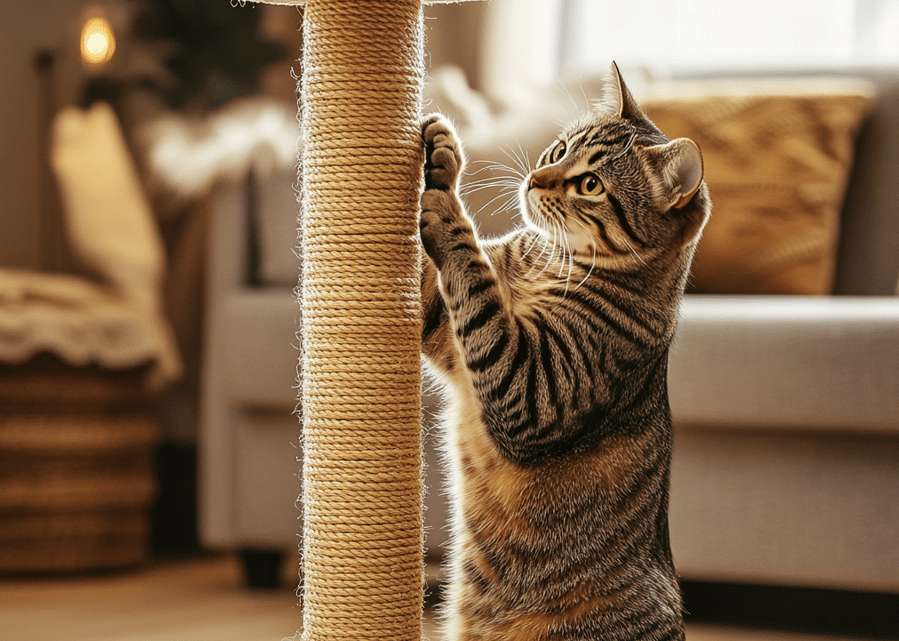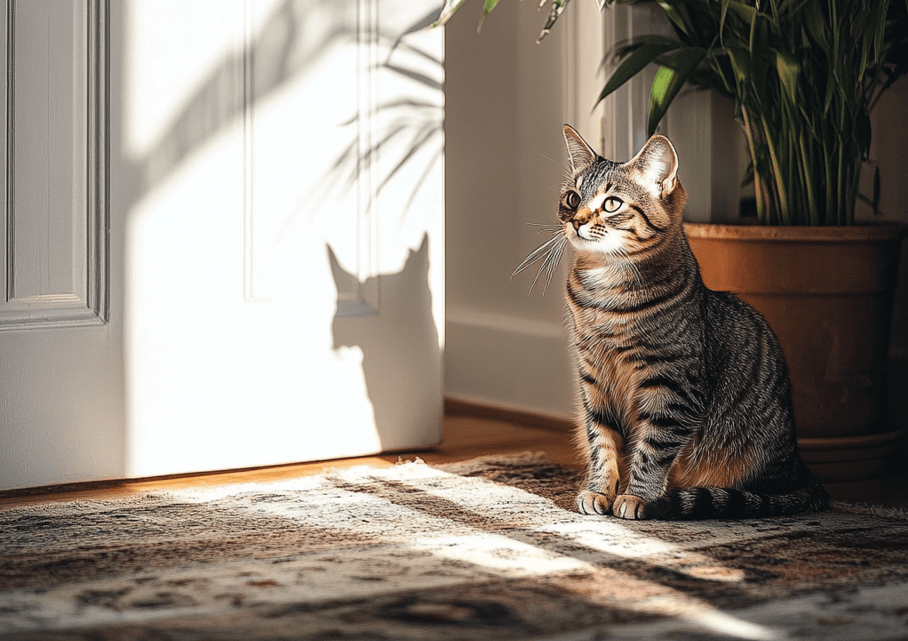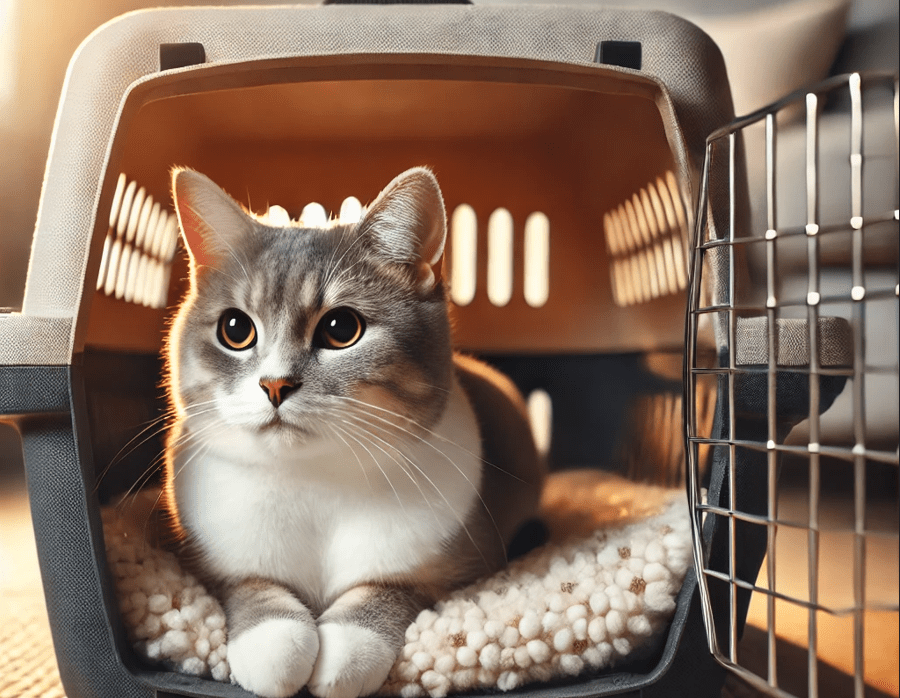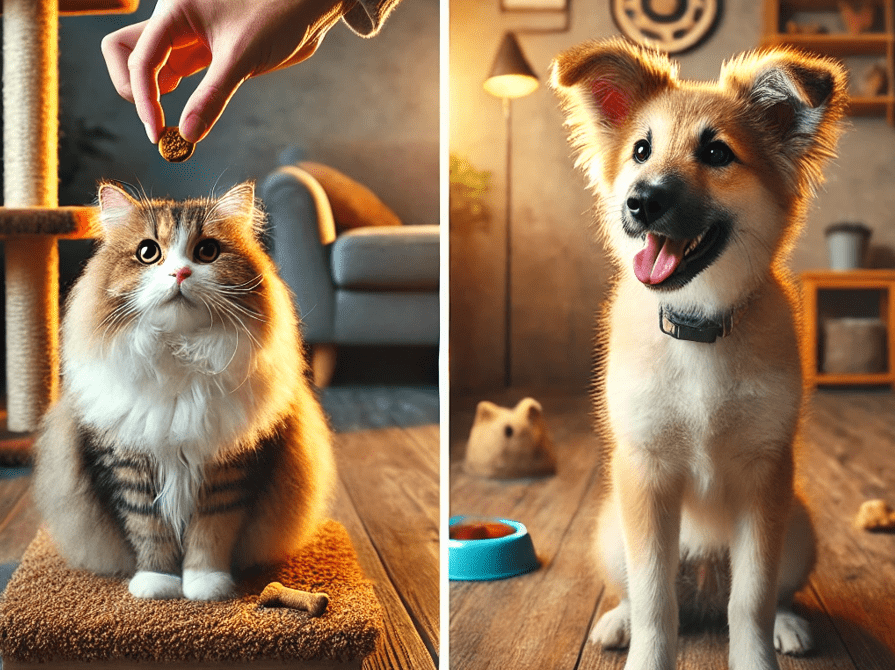
If you’ve ever watched your cat zoom around the house at 3 AM, you know they have energy to burn. Indoor cats, especially, need physical and mental stimulation to stay healthy and happy. A cat wheel can be the perfect solution—offering a safe, controlled way for your feline to run, play, and exercise. But how do you train a cat to use a cat wheel? Unlike dogs, cats don’t naturally take to new gadgets, so patience and the right techniques are key.
This guide will walk you through every step, from choosing the right wheel to encouraging your cat to take their first strides. Whether you have a lazy lap cat or a hyperactive hunter, these proven strategies will help your feline friend embrace their new workout routine.
What You’ll Learn in This Guide
Training a cat to use a wheel isn’t as simple as plopping them on it and hoping for the best. Cats are independent creatures with unique personalities, so the process requires understanding their instincts, using positive reinforcement, and making the experience rewarding. In this article, we’ll explore how to introduce the wheel, build curiosity, and gradually encourage movement. You’ll also discover troubleshooting tips for common challenges, such as fear or disinterest, and learn how to make the wheel an irresistible part of your cat’s daily routine.
By the end, you’ll have all the tools needed to help your cat enjoy their wheel—leading to a healthier, more active lifestyle.
Understanding Your Cat’s Natural Instincts
Before diving into training, it’s important to recognize why some cats take to wheels while others hesitate. Cats are both predators and prey in the wild, meaning they’re cautious about new objects in their environment. A cat wheel is a large, moving structure, which can be intimidating at first. However, many cats are naturally drawn to movement, especially if they have high energy levels.
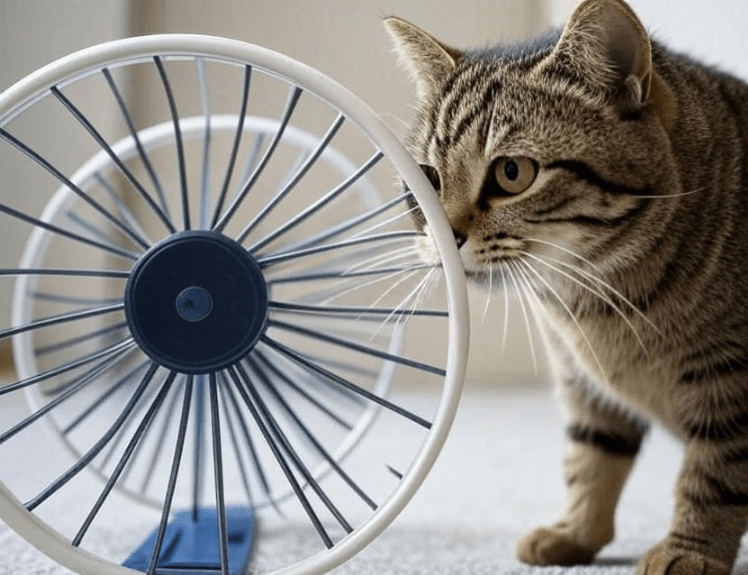
Breeds like Bengals, Abyssinians, and Savannah cats often adapt quickly due to their active nature. On the other hand, more sedentary breeds (like Persians) may need extra encouragement. Age also plays a role—kittens and young cats usually learn faster, while older cats might take more time.
The key is to make the wheel feel like a safe, fun space rather than a forced exercise tool. By working with your cat’s instincts—not against them—you’ll have a much higher chance of success.
Choosing the Right Cat Wheel
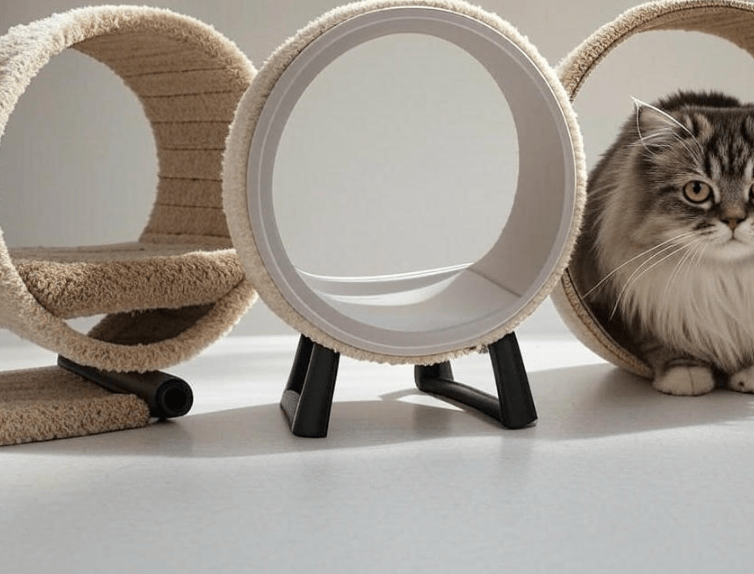
Selecting the perfect cat wheel is crucial for your feline’s safety, comfort, and long-term engagement. Unlike simple pet accessories, a cat wheel is a significant investment that requires careful consideration of several key factors. Let’s explore what makes a high-quality cat wheel and how to choose one that matches your cat’s unique needs.
Stability: The Foundation of a Good Cat Wheel
A stable, wobble-free design is non-negotiable. Cats are extremely sensitive to unstable surfaces, and a shaky wheel can frighten them away permanently. Look for these stability features:
Weighted Base: Wheels with a heavy, wide base prevent tipping during vigorous running.
Anti-Slip Padding: Rubberized feet or mats underneath keep the wheel securely in place.
Balanced Rotation: High-quality bearings ensure smooth, silent spinning without jerky movements.
Test the wheel’s stability before purchase if possible—give it a gentle push to see if it rocks or vibrates excessively.
Size and Dimensions: Ensuring Proper Ergonomics
The wheel’s diameter directly impacts your cat’s comfort and spinal health. A wheel that’s too small forces cats to arch their backs unnaturally, which can lead to long-term joint issues.
Minimum 48-Inch Diameter: Suitable for most average-sized cats (8-12 lbs).
Larger Wheels (52+ Inches): Ideal for bigger breeds like Maine Coons or Savannahs.
Running Surface Width: At least 12 inches wide for comfortable movement.
Measure your cat from nose to tail when fully stretched—they should be able to run with a straight back without their tail touching the wheel’s back.
Material and Surface Texture
The wheel’s surface affects traction, noise levels, and durability:
Carpet-Covered: Provides excellent grip for running but requires frequent vacuuming and can harbor odors.
Plastic or PVC: Easy to clean and hygienic, but may need added traction (like grip tape) for some cats.
Silent Rollers: Look for whisper-quiet wheels if noise is a concern (especially for apartments).
Consider your cat’s preferences—active scratchers may enjoy carpet, while sleek plastic works well for cats who dislike texture.
Safety Features You Shouldn’t Overlook
Enclosed Sides: Prevents paws from getting caught in moving parts.
Non-Toxic Materials: Ensure all parts are pet-safe, especially if your cat is a chewer.
Easy Entry/Exit: Low-profile openings allow timid cats to enter comfortably.
Step-by-Step Training: How to Train a Cat to Use a Cat Wheel
Training a cat to use a cat wheel requires patience, positive reinforcement, and a deep understanding of feline behavior. Unlike dogs, cats are less likely to engage with an object simply because their owner encourages them. They need to feel curious, comfortable, and in control. Below, we’ll explore each phase of the training process in detail to ensure your cat not only accepts the wheel but enjoys using it.
Step 1: Introduce the Wheel Gradually
The first step is to make the cat wheel a familiar and non-threatening presence in your home. Place the wheel in a quiet yet frequently visited area—such as near your cat’s favorite lounging spot or along their usual walking path. Avoid high-traffic zones where loud noises or sudden movements might startle them.
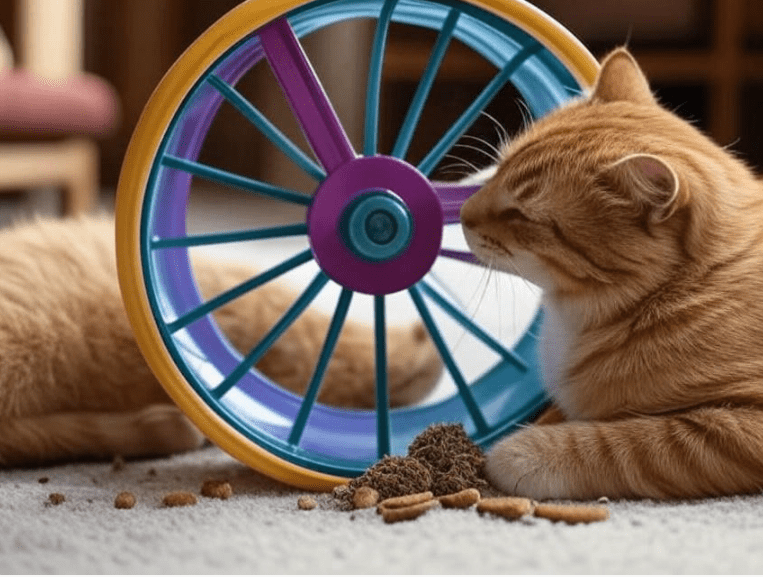
For the first few days, let your cat investigate the wheel on their own terms. Cats rely heavily on scent and texture when assessing new objects, so allow them to sniff, rub against it, and even scratch it if they choose. To make the wheel more appealing, sprinkle a bit of catnip on or around it, or place a few of their favorite treats near the base. The goal is to create positive associations before any actual training begins.
Step 2: Encourage Interaction Through Play
Once your cat is comfortable being near the wheel, the next step is to encourage direct interaction. Since most cats are highly motivated by play, use interactive toys to lure them closer. A feather wand, laser pointer, or a dangling string can be effective tools.
Start by playing with your cat near the wheel, gradually moving the toy closer to it over time. Eventually, dangle the toy just inside the wheel so your cat has to step inside to chase it. If they hesitate, stay patient—never force them in. Instead, reward any small step forward with praise and treats. The key is to make the wheel feel like part of the game rather than an obstacle.
Step 3: Teach Paws-On Movement
Once your cat is willingly entering the wheel, it’s time to introduce movement. Begin by gently rotating the wheel with your hand while your cat stands inside. Keep the motion slow and controlled to avoid startling them. Some cats may immediately try to walk in response to the movement, while others may freeze or jump out.
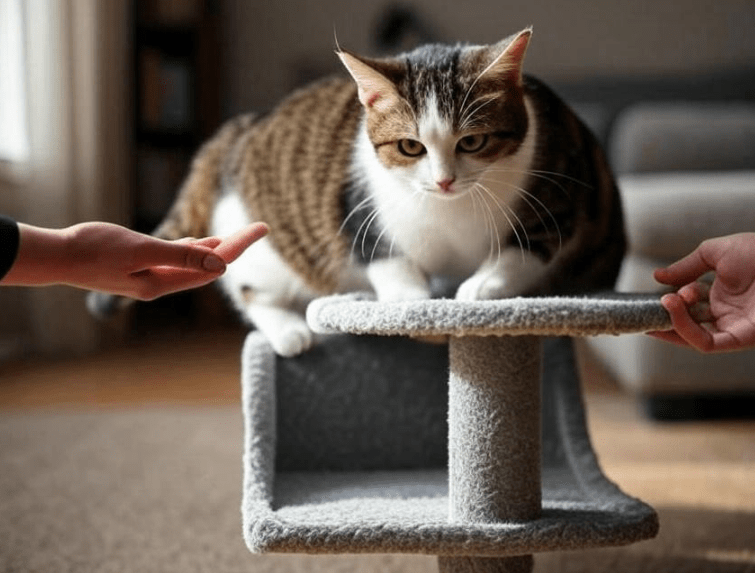
If your cat seems unsure, pause and offer a treat while they’re still inside the wheel. This reinforces the idea that good things happen when they engage with it. Over multiple short sessions (no more than 5-10 minutes at a time), gradually increase the movement as your cat becomes more comfortable.
Step 4: Reward First Steps
The moment your cat takes their first independent steps inside the wheel is a major milestone. Immediately reward this behavior with high-value treats, verbal praise, or even an extra play session. Positive reinforcement at this stage is crucial—it helps your cat associate walking on the wheel with pleasure and rewards.
Some cats may only take a step or two before stopping, while others might start walking confidently right away. Both reactions are normal. The goal is to build confidence, so never scold or rush them. Instead, celebrate even the smallest progress.
Step 5: Build Endurance and Independence
Once your cat is consistently taking steps on the wheel, you can begin encouraging longer sessions. Use toys to motivate them to walk or run, or place treats at intervals inside the wheel to keep them moving. Over time, many cats will start using the wheel on their own, especially if they’ve learned to associate it with fun and rewards.
To reinforce the habit, consider setting a daily routine—such as short training sessions before meals when your cat is naturally more active. Some cats may never become marathon runners, and that’s okay. Even a few minutes of walking provides valuable exercise and mental stimulation.
Common Challenges & Solutions
My Cat Is Scared of the Wheel
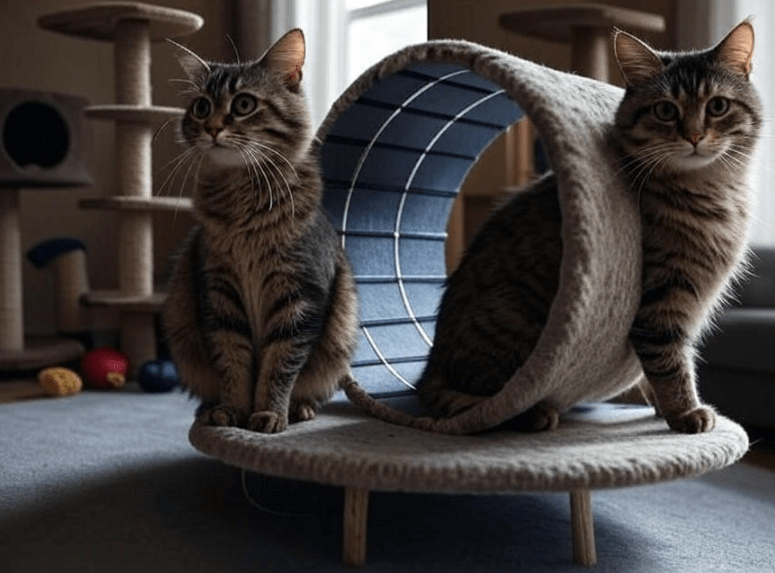
If your cat avoids the wheel, try:
- Placing their favorite blanket inside for familiarity.
- Feeding meals near the wheel to build positive associations.
- Using pheromone sprays to reduce anxiety.
My Cat Won’t Stay On
Some cats jump off immediately. In this case:
- Use a clicker to mark and reward even brief interactions.
- Try training at different times (some cats are more active at dawn/dusk).
My Cat Only Walks, Not Runs
That’s okay! Walking is still great exercise. Over time, they may increase speed naturally.
Consistency is key. Incorporate short training sessions into your cat’s routine. Over time, they’ll start using the wheel independently—especially if they associate it with fun and rewards.
Final Thoughts
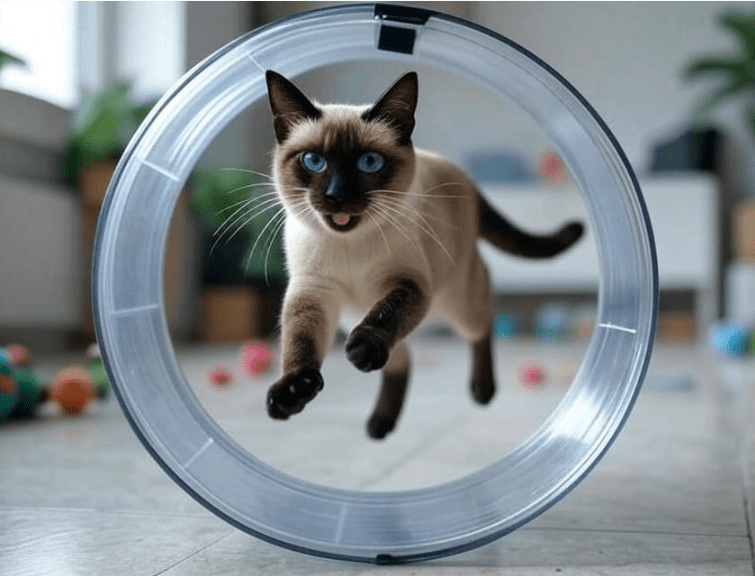
Learning how to train a cat to use a cat wheel takes patience, but the payoff is worth it. A cat that exercises regularly is healthier, happier, and less likely to engage in destructive behaviors. By following these steps and adapting to your cat’s unique personality, you’ll set them up for success.
Now, grab some treats, set up the wheel, and get ready to watch your feline friend thrive!

